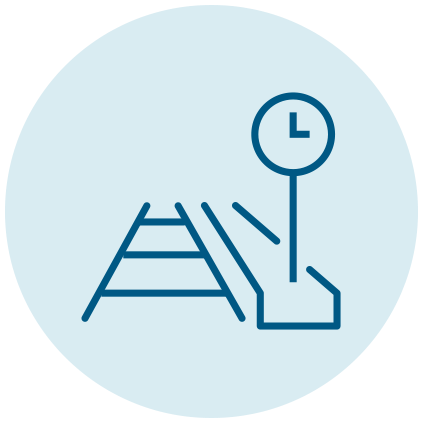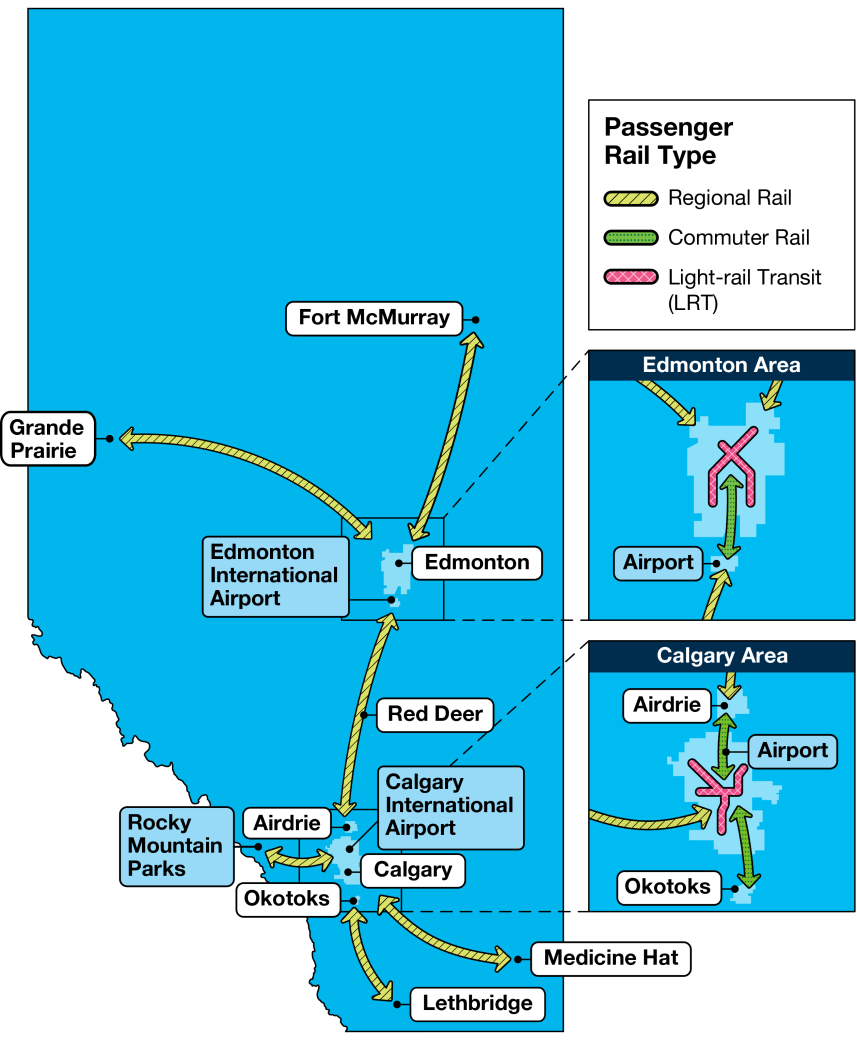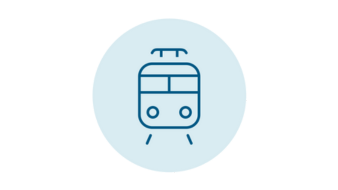A future that runs on rails
Alberta is growing at a rapid pace with more than 4.75 million people already calling it home. We have one of the highest population growth rates in the country. As of October 2023, our year-over-year population growth rate is more than 4.3%.
Passenger rail services will be a vital factor to connect our growing population and shape the future of how we live, work and play.
Have your say
Get involved in shaping the future of passenger rail services in Alberta. Learn more about how we are engaging with Albertans.

Vision
By developing a Passenger Rail Master Plan, we are looking decades ahead and identifying concrete actions to build the optimal passenger rail system for the province. We will explore a variety of delivery options including public, private or a combination of both. The vision includes:
Commuter rail
A commuter rail system for the Calgary area that connects surrounding communities and the Calgary International Airport to downtown.
A commuter rail system for the Edmonton area that connects surrounding communities and the Edmonton International Airport to downtown.

Regional rail lines
A regional rail line between Calgary and Edmonton, with a local transit hub in Red Deer.
Regional rail lines between our major cities, Calgary and Edmonton, and the Rocky Mountain parks.

Crown corporation
A province-led agency to develop the infrastructure, oversee daily operations, develop a fare collection/booking system, keep up with system maintenance, and plan for future system expansion.

Municipal-led LRT systems
LRT systems in Calgary and Edmonton that connect with the provincial passenger rail system.

Multi-modal hubs
Provides links in major cities between commuter rail systems, regional rail routes and municipal-led mass transit systems.
Passenger Rail Master Plan
Alberta already has significant public mass transit systems in Calgary and Edmonton for the provincial passenger rail system to build upon. The Passenger Rail Master Plan will be a vital tool to guide the next steps in advancing Alberta’s passenger rail. The plan will include:
- a comprehensive feasibility assessment that identifies what elements of a passenger rail system should proceed, in what sequence and based on what conditions
- financial and delivery model options that consider private, public or hybrid services
- options to ensure the effective governance and operations of the passenger rail system
- engagement with Albertans and interested stakeholders
- a 15-year delivery plan which will provide options and recommendations to government

Timeline
The master plan and the 15-year delivery plan are expected to be completed by summer 2025, with the goal of informing government decisions in fall 2025 for Alberta’s Budget 2026 and future budgets.
As the master plan includes assessing the feasibility of passenger rail in the province, any timelines for implementing and building out passenger rail service would be determined in the future.
Types of passenger rail
Passenger rail is a train consisting of one or more passenger cars used to transport and serve passengers.

Commuter rail
Passenger rail that primarily operates within a metropolitan area, connecting commuters to a central city from adjacent suburbs or commuter towns, and is often traditional heavy rail.

Regional (inter-city) rail

Light-rail transit (LRT)
Urban passenger rail transit that typically operates small, frequent trains in an urban area. Calgary and Edmonton have LRT as part of their mass transit systems.
News
Alberta’s future runs on rails
(November 22, 2024)
Alberta's vision for passenger rail
(April 29, 2024)
Improving Calgary Transit
(July 10, 2023)
Contact
Email: PassengerRail@gov.ab.ca